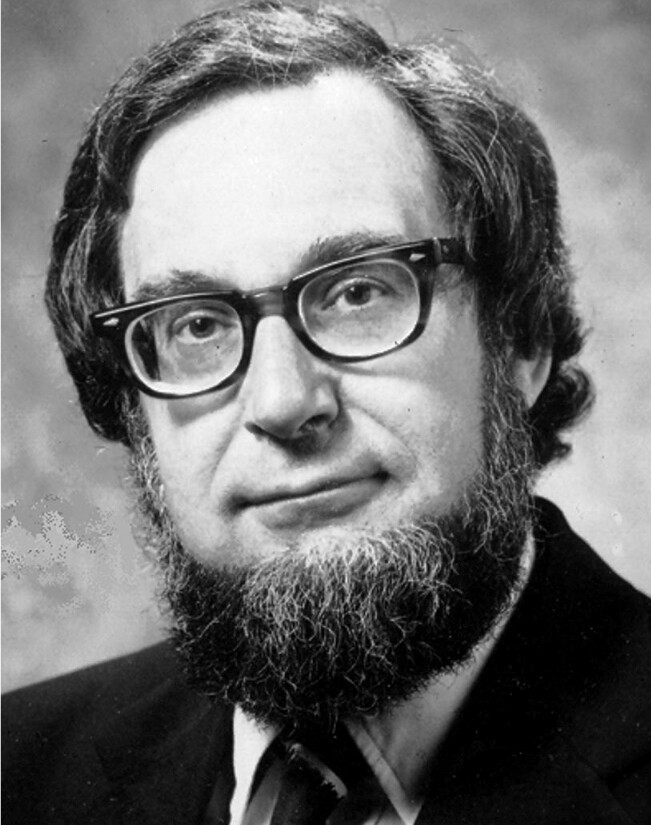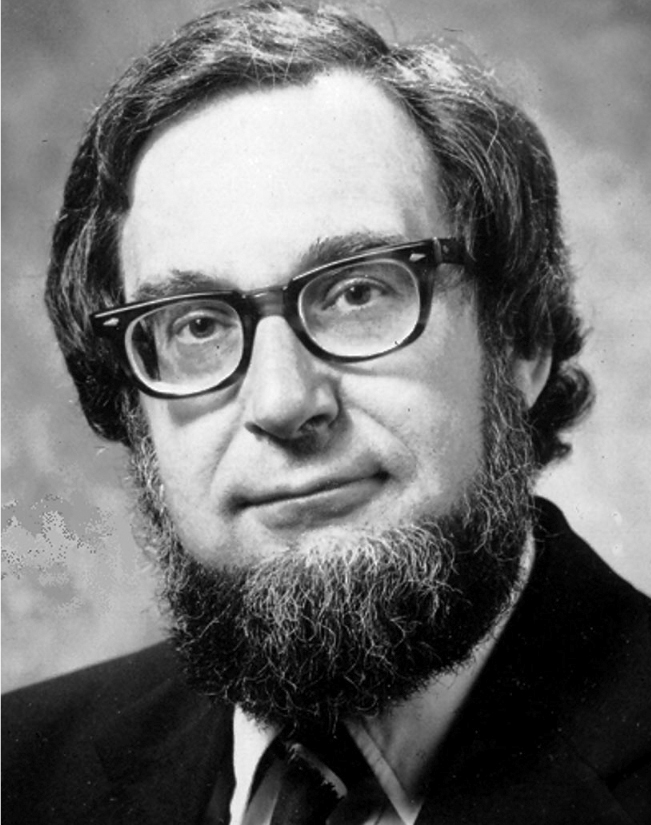Richard Wagner Hoffman
DOI: 10.1063/1.1522228
Richard Wagner Hoffman, Ambrose Swasey Professor Emeritus of Physics at Case Western Reserve University, died from the consequences of progressive supranuclear palsy on 19 March 2002. Despite the effects of his illness, he had, until shortly before his death, remained academically and socially active, managing with the help of his wife, Yvette, to attend numerous scientific functions.
Dick was born in Cleveland, Ohio, on 9 April 1927. He earned his degrees, all in physics, from the Case Institute of Technology (now Case Western Reserve University): a BS in 1947, MS in 1949, and PhD in 1952. His doctoral thesis, under E. C. Crittenden, was entitled “Study of Ferro magnetism by Means of Thin Films.”
After receiving his doctorate, he joined the physics faculty at Case as an instructor in physics. He served as a member of the technical staff at Bell Telephone Laboratories from 1955 to 1956 and was a visiting associate professor of metallurgy at Oxford University from 1962 to 1963. In 1965, he was appointed professor of physics at Case and, in 1981, was named Ambrose Swasey Professor of Physics.
Dick made major research contributions in the areas of thin films and surface science. He focused on the origins of stress and its measurement in films. This research developed to embrace structures of critical importance to microelectronic applications, such as high-speed magnetic alloy memories. Recognizing that the current rapid expansion in thin-film and surface-science research would create a need for new and more formal organization structures and symposia, he started playing a key role in shaping the new technical divisions, research interests, chapter structure, and short-course activities of the American Vacuum Society (now AVS: The Science & Technology Society). In 1964, along with colleagues, he established the thin film division of AVS. This division quickly became the principal scientific organization in that field. In 1966, Dick cofounded the Gordon Conferences on Thin Films and was a principal organizer of the First International Conference on Thin Films, held in Boston in 1969. These conference series are still going strong and remain major events on the calendars of today’s leaders in the field.
Dick, who was intrigued by the potential of emerging spectroscopic techniques for the analysis of surfaces and interfaces, quickly introduced those techniques to the Case campus during the 1970s. In particular, he used Mössbauer spectroscopy to characterize the magnetic properties of monolayers and for in situ structural probing of various electrode surfaces. In later work, extending between 1984 and early 1994, he played a significant role in the development of beam line X11A of the National Synchrotron Light Source at Brookhaven National Laboratory.
In 1984, in collaboration with Martin Kordesch, Dick extended the application of x-ray absorption spectroscopy (XAS) on X11A with an electron-yield detection scheme that operated at atmospheric pressure. In collaboration with other scientists, he also pioneered the use of in situ XAS to study the evolution of the electrode structure and oxidation state of operating aqueous electrochemical cells.
During the 1990s, Dick continued teaching, conducting spectroscopy research, and remaining active in AVS thin-film and surface-science organizations, until his activities became increasingly limited by his illness.
Over the course of his academic career, Dick was a thesis adviser and mentor for more than 50 graduate students. He stressed the importance of an intuitive approach to teaching and its relevance to emerging technology needs and career opportunities. In 1967, he received the Strosacker Award for Excellence in Teaching.
Dick also was particularly active as a member and chairman or program chairman in the thin film, surface science, and applied surface science divisions of AVS. He was elected president of AVS in 1976 and was named an honorary member of the society in 1995.
One of us (Lee) recalled an excursion along the C…O Canal, which runs from Washington, DC, to Cumberland, Maryland, that captured Dick’s character very well:
Clearly bored by the gentle slope of the towpath, Dick began inspecting the steep, forested slope on the other side of the canal.
“There must be a path up there,” he declared.
An hour and a half later, sweaty, lacerated, and accompanied by two exhausted wives, we had determined that there was not.
As with Dick’s science, in which he often did find a more interesting path, he had led us over unknown ground to show us vistas we would not otherwise have seen.
Bird watching and hiking were Dick’s favorite pastimes. But most of all, canoeing, camping, and fishing trips with his family and friends in Quetico Provincial Park in Western Ontario, Canada, were highlights of his life.

Richard Wagner Hoffman

More about the Authors
Maurice H. Francombe. 1 Georgia State University, Atlanta, Georgia, US .
Jack H. Singleton. 2Pittsburgh, Pennsylvania, US .
Ronald N. Lee. 3 Silver Spring, Maryland, US .
